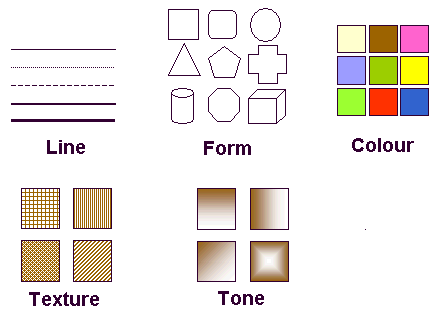or How to package a message using flowcharts and graphics
 |
A "picture is worth a thousand words" - so goes the popular saying. People are often called upon to present a vision or an idea to a group. The ability to condense a complex text message into a flowchart or graphic will enhance understanding of the message being transmitted. |
- interaction - How can interlinkages between different pieces of info be illustrated using the concept of interaction?
- flows/links - What are the different ways in which info flows can be shown?
- hierarchies - How can aggregation and links between issues be illustrated?
- segregation - How can info be separated into groups? How can links between these groups be shown?
The above four themes need not, of course, be taken in isolation Ethey can easily be combined and mixed to illustrate a complex message!
Throughout this kit, 'A', 'B', 'C' 'D' etc. refer to individual issues or topics that are being addressed or covered. Arrows between issues represent the actions that link or separate the issues. The words 'idea', 'concept', issue' and 'topic' are used interchanably, and for the purposes of this kit, essentially mean the same.

There are essentially five elements that are manipulated in developing flowcharts and graphics. As illustrated above, these elements are: line, form, colour, texture and tone. These elements can be used to emphasize (or de-emphasize) an issue in relationship to another. The five elements are used in isolation or in combination.
The ideas presented here is in no way complete and a number of improvements can be made. If you have any comments or suggestions, please send them to Hari Srinivas at: hsrinivas@gdrc.org
|
|
 Hari Srinivas - hsrinivas@gdrc.org Hari Srinivas - hsrinivas@gdrc.orgReturn to the Information Design Page |
